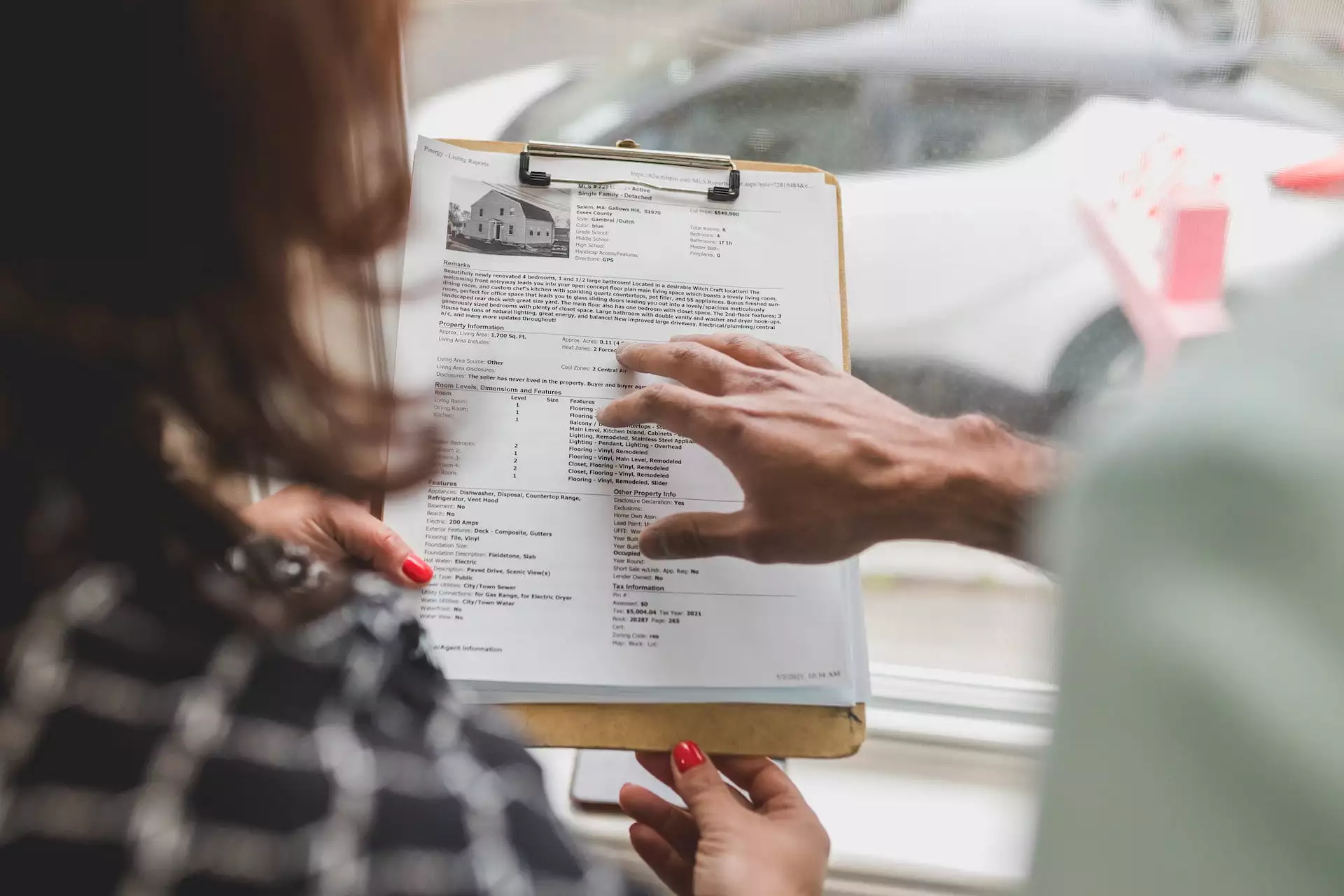Introduction to Conveyance Deed
A variety of paperwork is necessary when buying or selling a home. You may be familiar with a few property papers, but you may hear other terminology for the first time. Today, we’ll go through all there is to know about one such document: the conveyance deed.
Conveyance refers to the transfer of property rights to another person, whereas a deed is a written instrument. Because a conveyance deed is not something most people are familiar with unless they have dealt with property concerns, therefore in this blog, we will discuss what a conveyance deed is.
What is a Conveyance Deed?
A conveyance deed is a legal instrument used to transfer the property title from one person to another as a gift, trade, lease, mortgage, and so on. A conveyance deed can also be a gift deed, mortgage deed, lease deed, or sale deed.
What’s the distinction between a sale deed and a deed of conveyance?
Because a registered agreement to sell commences the property transaction process, it may be classified as a conveyance deed. It should not, however, be confused with the sale deed, which finally serves as documentation of the completion of the transaction begun by the execution of the agreement to sell.
Types of Conveyance Deed:
The following are the several forms of conveyance deeds:
- Conveyance Document for Freehold Property: This sort of conveyance deed is issued for a property that has been turned into a freehold property by an authority.
- Leasehold Property Conveyance Document: A leasehold property conveyance deed is used to transfer property ownership. A leasehold property is one in which the owner has the right to anything within the property’s walls but cannot do anything to the exterior walls.
- Mortgage Property Conveyance Deed: A mortgage property conveyance deed is used for the mortgaged property.
What is the function of a Conveyance Deed?
As previously stated, a conveyance deed is a legal instrument used to purchase and sell real estate. This paper will protect you against fraudulent activity. When you go to buy a house, you must request a copy of the deed of conveyance.
What steps must be taken to get a Conveyance Deed?
A conveyance deed is written on non-judicial stamp paper of the appropriate denomination and recorded at the local sub-registrar office. Post-registration, stamp duty, and registration fees are the buyer’s responsibility. In each state, stamp duty and registration fees are charged differently.
Details of the Conveyance Deed
- The exact boundary of the property.
- Other rights associated with the property and its usage
- The entire chain of title is all legal rights up to and including the current seller.
- The manner through which the property is delivered to the buyer.
- A message was describing how the consideration was received.
- Any further terms and conditions for the complete transfer of ownership rights.
- If a power of attorney is used.
- Reminder on property ownership.
- Both parties’ signatures are required.
Important aspects of the Conveyance Deed:
- The seller must attest that the property is free of any legal encumbrances.
- If a loan was taken out against the property, the mortgage must be paid off before the conveyance document is completed. Buyers may have the transfer deed examined at the local sub-office of the registrar.
- The conveyance deed should include the precise date when the property will be transferred to the buyer.
- All original property papers connected to the sale of the property must be submitted for registration before the local registrar within four months after the signing of the deed of conveyance.
- The conveyance deed must be witnessed by at least two people.
Who drafts the Conveyance Deed?
The deed of conveyance, as noted in the blog, is legal proof of a buyer’s transfer of power and ownership. The government is intervening to verify that this is a lawful transaction. A lawyer and, in certain situations, a real estate agent is required to help with this procedure.
They allow the two parties to draft the deed in an orderly manner. Their assistance is frequently necessary since they understand the laws and are aware of their obligations. The government earns money or revenue from the stamp duty needed for the conveyance deed by registering it.
What happens if the Deed of Conveyance is misplaced?
If the conveyance deed is lost, the following procedures apart from legal consultation must be taken:
- The owner should make a police report as soon as feasible. Keep a safe copy of the first information report (FIR) since house purchasers may request it at the time of sale.
- You can run a newspaper ad notifying the loss of the transfer deed documents. You may have to wait up to 2 weeks to find out if the documents are discovered and returned within that time range.
- You can make an affidavit and have it notarized. It should include all property information, FIR information, and information regarding the notified newspaper advertisement.
- A legally certified copy of the transfer deed can be acquired at the registrar’s sub-office where the property was registered. You need to pay the mentioned fees and provide the required paperwork.
Take legal consultation from a professional lawyer. We hope that this blog has helped you understand what a conveyance deed is.
Conclusion
All sale deeds are conveyance deeds, but not the other way around. Conveyance deeds are subject to the Registration Act and must be executed on non-judicial stamp paper. After signing the conveyance deed, it must be registered at the local sub-office of the registrar by paying the registration cost.
Data of a conveyance deed include the buyer’s and seller’s names, addresses, property demarcation, title details, mode of delivery of property, and so on. At least two witnesses must sign the transfer paperwork, which must include all of their details.




